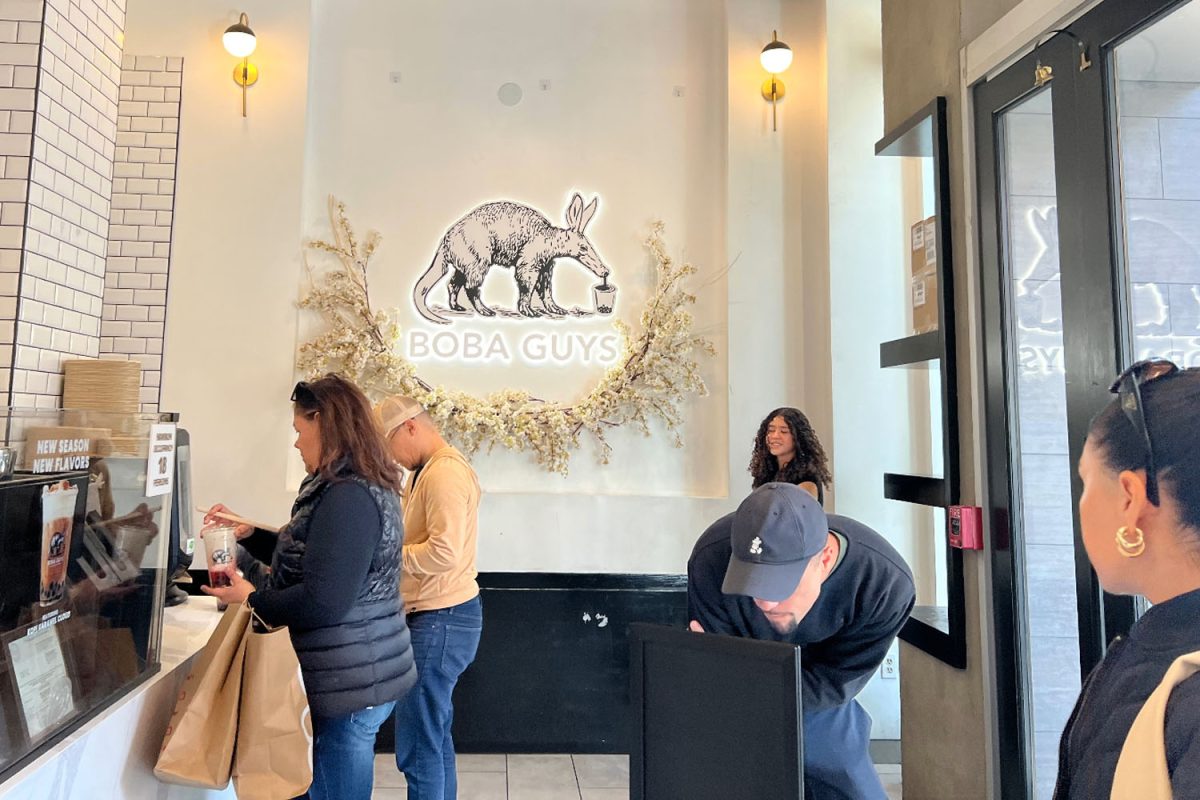From its wide range of flavors to its chewy tapioca pearls, boba tea has continued to be a prevalent Taiwanese beverage since its creation in the 1980s.
Boba tea, or bubble tea, consists of green or black tea mixed with matcha or milk. Taiwan’s national drink has spread outside Asia to many other countries, including the United States.
According to an article published by Food & Wine, in the 1980s, milk tea, shaved ice, and tapioca balls were all considered popular beverages and desserts on their own. Eventually, these ingredients were combined to create what is today known as boba tea.
Boba quickly became a sensation across tea shops in Taiwan. As the drink gained popularity, some stall owners substituted natural fruit for fruit powders and syrups to keep up with demand.
Another change was the introduction of new toppings such as grass jelly, almond jelly, egg pudding, and red beans.
“In addition to boba tea being refreshing, the concept of adding toppings into your drink got a lot of people hooked,” said Carlmont sophomore Mia Ikeda.
In terms of flavor, boba’s iconic sweet and creamy taste originates from the change from milk to non-dairy creamer.
After boba became a hit in Taiwan, Taiwanese immigrants brought that piece of home to the U.S. The drink gained popularity in the 1990s in California, where most Taiwanese immigrants lived, according to boba tea product supplier Fanale Drinks.
“Boba has become more widespread as people in the US have become more open to trying other cuisines, especially Asian and East Asian ones. Many of the customers tend to be younger and are perhaps more willing to try out new foods from other cultures with less hesitation than older generations are,” said Carlmont senior and Boba Guys Shift Leader Ciana Jin.
As younger generations are increasingly exposed to Asian cultures through social media and pop culture, they become more interested in exploring those cultures. One of the most accessible ways to explore cultures is through trying new foods.
“Social media has definitely contributed to boba’s popularity. Once one person posts about it so does another and people jump on the bandwagon,” said Carlmont sophomore Ashlynn Son.
For others, boba tea’s uniqueness and countless variations cause them to try it out of curiosity.
“The aspect of boba tea being a sugary drink is not particularly unique, since many drinks like smoothies, juices, or the Frappucinos that Starbucks offers are also sugary. Boba pearls and other toppings like puddings and jellies offered by boba shops add a new, textural aspect that many foods and drinks today don’t necessarily satisfy,” Jin said.
These various toppings allow the customer to customize their drink to enhance the taste and texture. In addition to customizable toppings, customers can choose the sweetness level, the tea base, and the type of milk.
“People enjoy boba because it is refreshing. It is also one of the few drinks that has something you can chew as well, so it’s like a drink and a snack at the same time,” Son said.
Today, boba’s prevalence and popularity can best be illustrated by the ever-increasing amount of boba shops throughout the country, whether they be family-owned or part of larger, multinational chains.
“Boba will continue to be trendy, at least for the next few years. It almost feels like boba tea has become a staple dessert or drink for many people today. Even if it does eventually decline in popularity, there will still be a large group of people who will remain regular customers,” Jin said.











